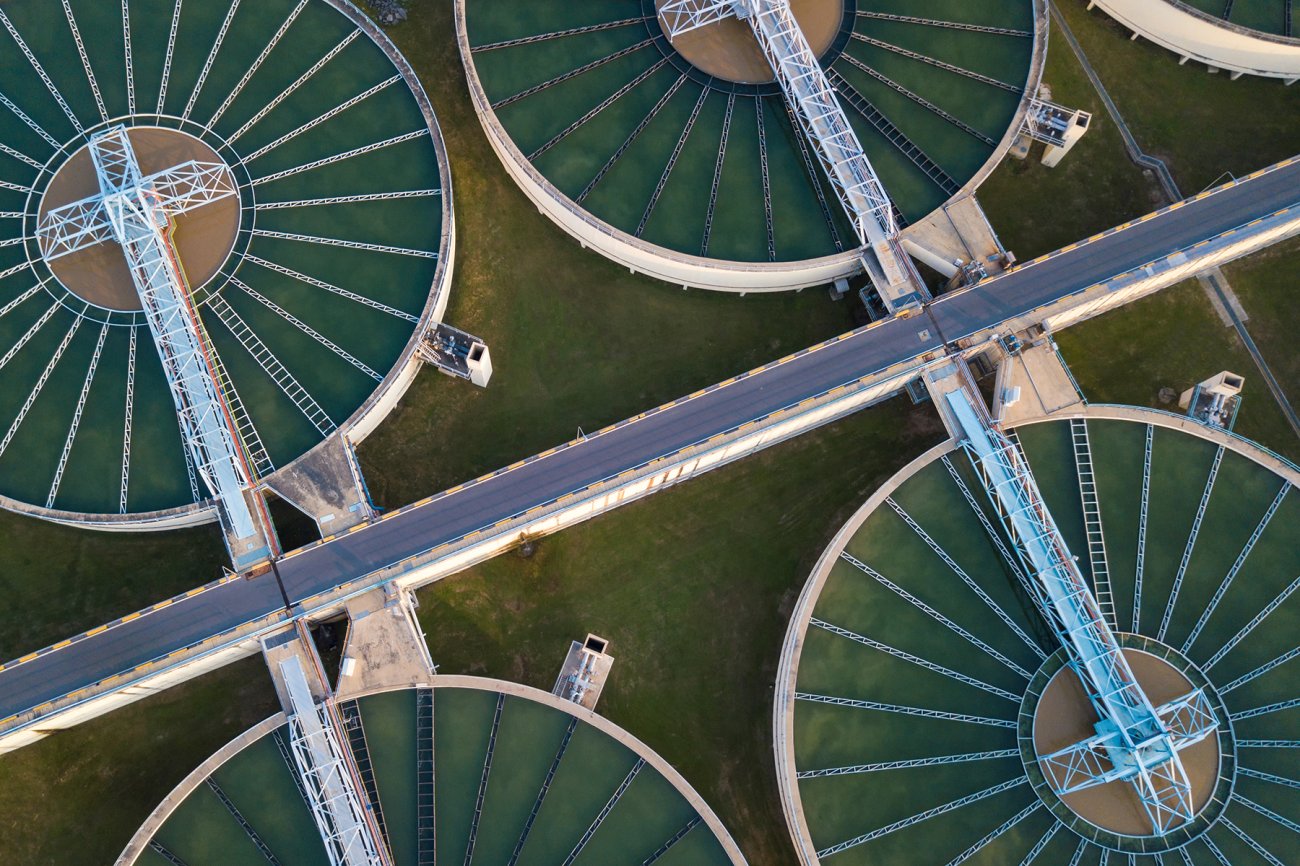The Of Reclaim Waste
Table of ContentsReclaim Waste for DummiesReclaim Waste Fundamentals ExplainedThings about Reclaim WasteReclaim Waste - TruthsMore About Reclaim Waste
Residential sewer waste refers to the waste and products from a property septic container. The correct administration and disposal of domestic sewer waste need fluid waste to be moved to a sewer therapy plant where the proper techniques and tools are applied to purify and dispose of waste.
Industrial waste often includes prospective threats, such as flammable materials or a blend of fluid and strong waste items, and calls for a more sophisticated and detailed disposal process. The disposal of commercial waste normally entails the purification of waste before transportation to guarantee risk-free and correct disposal. Hazardous waste is created from byproducts and runoff of industrial processes and production.
This type of waste can not utilize the very same sewer monitoring transport or procedures as septic or industrial liquids. The industrial waste management procedure calls for the inspection and screening of fluid waste before it undergoes the disposal process (liquid waste removal). Overflow waste is the liquid waste that comes from runoff and excess stormwater in highly booming locations or cities
Drainage waste can trigger contamination and flooding if not dealt with appropriately. Discover much more about sewer cleansing and waste management. Guaranteeing proper waste management can protect against calamities and minimize environmental injury. Both people in property settings and professionals in business or production sectors can take advantage of recognizing the processes and regulations of fluid waste monitoring.
Getting My Reclaim Waste To Work
Call PROS Providers today to learn more about our waste administration and disposal solutions and the proper methods to look after the liquid waste you create.
(https://pxhere.com/en/photographer-me/4429814)This supposed 'wastewater' is not just a vital source yet, after therapy, will certainly be launched to our land, rivers or the sea. Utilized water from toilets, showers, baths, cooking area sinks, laundries and industrial procedures is recognized as wastewater.

water used to cool down machinery or clean plant and tools). Stormwater, a type of wastewater, is runoff that streams from farming and urban areas such as roofs, parks, gardens, roadways, courses and rain gutters right into stormwater drains, after rain. Stormwater moves neglected straight to local creeks or rivers, at some point reaching the ocean.
6 Easy Facts About Reclaim Waste Described
In Queensland, a lot of wastewater is treated at sewer treatment plants. Wastewater is transported from domestic or industrial sites through a system of sewers and pump terminals, referred to as sewerage reticulation, to a sewage therapy plant. Regional governments build, maintain and operate most sewer therapy plants. Operators are certified under the Environmental Management Act 1994 to release cured wastewater at an acceptable ecological standard right into rivers.
The Department of Natural Resources encourages neighborhood federal governments regarding managing, operating and keeping sewage systems and treatment plants. In unsewered areas, city governments might require homeowners to mount private or Bonuses home sewage treatment systems to deal with domestic wastewater from toilets, kitchens, bathrooms and laundries. The Department of Natural Resources authorizes making use of family systems when they are verified to be effective.
Most stormwater obtains no treatment. In some brand-new class, treatment of some stormwater to eliminate litter, sand and crushed rock has begun using gross toxin traps. Wastewater therapy happens in four stages: Eliminates solid matter. Larger solids, such as plastics and various other objects incorrectly discharged to drains, are gotten rid of when wastewater is travelled through screens.
Wastewater then moves into big tanks where solids clear up and are removed as sludge. Grease and residue are skimmed from the surface area. Uses small living microorganisms knows as micro-organisms to break down and get rid of remaining dissolved wastes and great particles. Micro-organisms and wastes are integrated in the sludge. Gets rid of nitrogen and phosphorus nutrients that could trigger algal blossoms in our waterways and endanger water life.
Little Known Facts About Reclaim Waste.
Nutrient elimination is not readily available at all sewer treatment plants due to the fact that it needs expensive specialised tools. Clear fluid effluent created after treatment may still contain disease-causing micro-organisms - liquid waste removal melbourne.

This generally suggests wastewater needs to be treated or contaminants gotten rid of prior to it can be discharged to rivers. A lot of wastewater streams into the sewerage system. Under the Act, neighborhood governments carry out approvals and licences for ecologically relevant tasks (Ages) involving wastewater launches that might have a neighborhood effect. The division provides authorizations and licences to Periods including wastewater releases that could have a local or statewide impact.
The Buzz on Reclaim Waste
Tracking supplies accurate info regarding water high quality and can verify that permit conditions are being satisfied. The info acquired through tracking offers the basis for making water quality decisions.